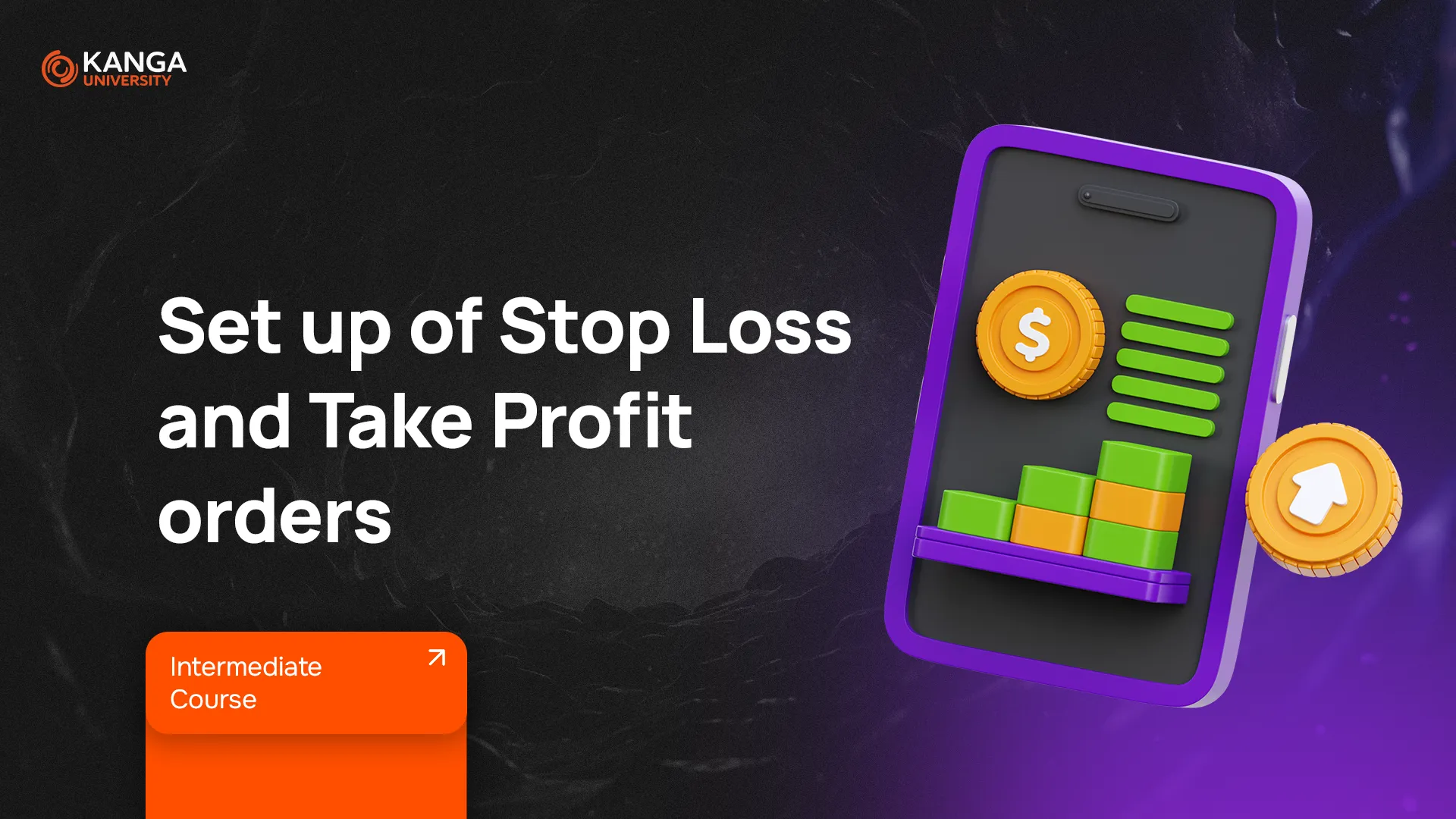
The crypto market moves fast. Prices jump, trends reverse, and emotions can cloud your judgment. That’s why smart traders don’t rely on luck—they use tools like Stop Loss and Take Profit to protect their capital and stay disciplined.
In this lesson, you’ll learn what these tools do, when to use them, and how to set them up effectively—even if you’re just getting started.
What Are Stop Loss and Take Profit?
These are two types of automatic orders that help manage your trades:
-
Stop Loss: Limits your loss. It closes your position automatically if the price moves too far against you.
-
Take Profit: Locks in your profit. It closes the trade when the price hits your target gain.
Think of them as a built-in autopilot that keeps your trading on track—even when you’re not watching the charts.
How Does Stop Loss Work?
Imagine you buy 5 tokens at $5,000 each. The market might go up, or it could crash. So you set a Stop Loss at $4,000. If the price drops to that level, your position closes automatically—saving you from bigger losses.
With a Stop Loss, you:
-
Know your worst-case scenario in advance,
-
Save time—you don’t need to watch the market 24/7,
-
Avoid emotional decision-making in high-pressure moments.
How Does Take Profit Work?
Take Profit is the opposite—it’s all about securing your wins. You set a price target, and once the market reaches it, your position is closed with a profit.
Example:
You hold Dogecoin and want to sell it at $2. You set a Take Profit order at that price. As soon as the market hits $2, your order executes, and you walk away with your profit—automatically.
Why Use Stop Loss?
-
It teaches risk management and discipline.
-
It helps you stay calm and stick to your plan.
-
It protects your capital when the market turns against you.
-
It’s one of the most important habits of long-term successful traders.
Why Use Take Profit?
-
You don’t need to guess the top—your target is predefined.
-
It works even when you’re away from your screen.
-
It helps you secure profits before the market reverses.
-
It supports a more structured trading strategy.
Where to Place Your Stop Loss – 7 Smart Techniques
Avoid placing Stop Loss orders randomly. Here are proven strategies:
-
Trend lines – set SL just beyond the trend line that, if broken, may signal a trend change.
-
Pin Bar candles – place SL above/below the wick of the candle.
-
Inside Bar – position SL beyond the “mother” candle.
-
Moving Averages (MA50, MA100) – set SL outside the moving average line.
-
Consolidation zones – place SL just outside support/resistance range.
-
Fibonacci levels – use these retracement levels as stop zones.
-
Bollinger Bands – place SL outside the bands based on price volatility.
Where to Place Your Take Profit?
Same rule: never guess. Use logic.
-
If selling, set TP just below resistance.
-
If buying, set TP just above support.
-
Use known support/resistance levels.
-
Account for spread to make sure your target is realistically reachable.
Advantages of Using Stop Loss and Take Profit
-You don’t need to watch the market non-stop.
-You protect your capital and secure profits automatically.
-You gain better emotional control.
-You improve your overall strategy and consistency.
Downsides? Yes, There Are a Few
-A Stop Loss might trigger too early—cutting off a trade that could’ve turned profitable.
-A Take Profit might execute at a slightly different price than set, especially in high-volatility conditions.
How to Set SL and TP on a Platform
-
Before entering a trade: enter your SL/TP levels in the order setup form.
-
After opening a trade: click on the position and choose “modify” or “set SL/TP”.
Most trading platforms make it easy—it’s just a few clicks.
Summary
As a trader, your number one job is to protect your capital. Don’t risk it on impulse. Stop Loss and Take Profit are your safety nets—helping you stick to your strategy, limit losses, and secure gains, even while you sleep.
Use them wisely. Build them into every trade. And remember: it’s better to exit with a small loss than to lose everything because you didn’t plan ahead.